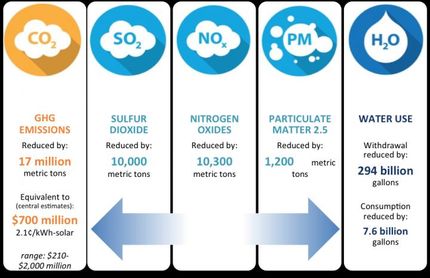Turning smartphones into personal, real-time pollution monitors
Advertisement
As urban residents know, air quality is a big deal. When local pollution levels go up, the associated health risks also increase, especially for children and seniors. But air pollution varies widely over the course of a day and by location, even within the same city. Now scientists, reporting in the ACS journal Environmental Science & Technology, have used smartphone and sensing technology to better pinpoint where and when pollution is at its worst.
Mark J. Nieuwenhuijsen and colleagues note that many studies have investigated people's exposure to air pollution, which is associated with respiratory and cardiovascular problems. But they usually create a picture of exposure based on air pollution levels outside people's homes. This approach ignores big differences in air quality in school and work environments. It also ignores spikes in pollution that happen over the course of the day such as during rush hour. Nieuwenhuijsen's team wanted to test technology's ability to fill in these gaps.
The researchers equipped more than 50 school children with smartphones that could track their location and physical activity. The children also received sensors that continuously measured the ambient levels of black carbon, a component of soot. Although most children spent less than 4 percent of their day traveling to and from school, commuting contributed to 13 percent of their total potential black carbon exposure. The researchers conclude that mobile technologies could contribute valuable new insights into air pollution exposure.
Most read news
Other news from the department science

Get the chemical industry in your inbox
By submitting this form you agree that LUMITOS AG will send you the newsletter(s) selected above by email. Your data will not be passed on to third parties. Your data will be stored and processed in accordance with our data protection regulations. LUMITOS may contact you by email for the purpose of advertising or market and opinion surveys. You can revoke your consent at any time without giving reasons to LUMITOS AG, Ernst-Augustin-Str. 2, 12489 Berlin, Germany or by e-mail at revoke@lumitos.com with effect for the future. In addition, each email contains a link to unsubscribe from the corresponding newsletter.




























































